- Home
- Quizzes
- My Quiz Activity
- Newsletters
- Sports Betting
- MY FAVORITES
- Add Sports/Teams
- SPORTS
-
NFL
- NFL Home
- Arizona Cardinals
- Atlanta Falcons
- Baltimore Ravens
- Buffalo Bills
- Carolina Panthers
- Chicago Bears
- Cincinnati Bengals
- Cleveland Browns
- Dallas Cowboys
- Denver Broncos
- Detroit Lions
- Green Bay Packers
- Houston Texans
- Indianapolis Colts
- Jacksonville Jaguars
- Kansas City Chiefs
- Las Vegas Raiders
- Los Angeles Chargers
- Los Angeles Rams
- Miami Dolphins
- Minnesota Vikings
- New England Patriots
- New Orleans Saints
- New York Jets
- New York Giants
- Philadelphia Eagles
- Pittsburgh Steelers
- San Francisco 49ers
- Seattle Seahawks
- Tampa Bay Buccaneers
- Tennessee Titans
- Washington Commanders
-
MLB
- MLB Home
- Arizona Diamondbacks
- Atlanta Braves
- Baltimore Orioles
- Boston Red Sox
- Chicago White Sox
- Chicago Cubs
- Cincinnati Reds
- Cleveland Guardians
- Colorado Rockies
- Detroit Tigers
- Houston Astros
- Kansas City Royals
- Los Angeles Angels
- Los Angeles Dodgers
- Miami Marlins
- Milwaukee Brewers
- Minnesota Twins
- New York Yankees
- New York Mets
- Oakland Athletics
- Philadelphia Phillies
- Pittsburgh Pirates
- San Diego Padres
- San Francisco Giants
- Seattle Mariners
- St. Louis Cardinals
- Tampa Bay Rays
- Texas Rangers
- Toronto Blue Jays
- Washington Nationals
-
NBA
- NBA Home
- Atlanta Hawks
- Boston Celtics
- Brooklyn Nets
- Charlotte Hornets
- Chicago Bulls
- Cleveland Cavaliers
- Dallas Mavericks
- Denver Nuggets
- Detroit Pistons
- Golden State Warriors
- Houston Rockets
- Indiana Pacers
- Los Angeles Clippers
- Los Angeles Lakers
- Memphis Grizzlies
- Miami Heat
- Milwaukee Bucks
- Minnesota Timberwolves
- New Orleans Pelicans
- New York Knicks
- Oklahoma City Thunder
- Orlando Magic
- Philadelphia 76ers
- Phoenix Suns
- Portland Trail Blazers
- Sacramento Kings
- San Antonio Spurs
- Toronto Raptors
- Utah Jazz
- Washington Wizards
-
NHL
- NHL Home
- Anaheim Ducks
- Arizona Coyotes
- Boston Bruins
- Buffalo Sabres
- Calgary Flames
- Carolina Hurricanes
- Chicago Blackhawks
- Colorado Avalanche
- Columbus Blue Jackets
- Dallas Stars
- Detroit Red Wings
- Edmonton Oilers
- Florida Panthers
- Los Angeles Kings
- Minnesota Wild
- Montreal Canadiens
- Nashville Predators
- New Jersey Devils
- New York Islanders
- New York Rangers
- Ottawa Senators
- Philadelphia Flyers
- Pittsburgh Penguins
- San Jose Sharks
- Seattle Kraken
- St. Louis Blues
- Tampa Bay Lightning
- Toronto Maple Leafs
- Vancouver Canucks
- Vegas Golden Knights
- Washington Capitals
- Winnipeg Jets
- NCAAF
- NCAAM
- Boxing
- Entertainment
- Lifestyle
- Golf
- MMA
- Soccer
- Tennis
- Wrestling
- More Sports
- RESOURCES
- My Account
- YB on Facebook
- YB on Twitter
- YB on Flipboard
- Contact Us
- Privacy Policy
- Terms of Service
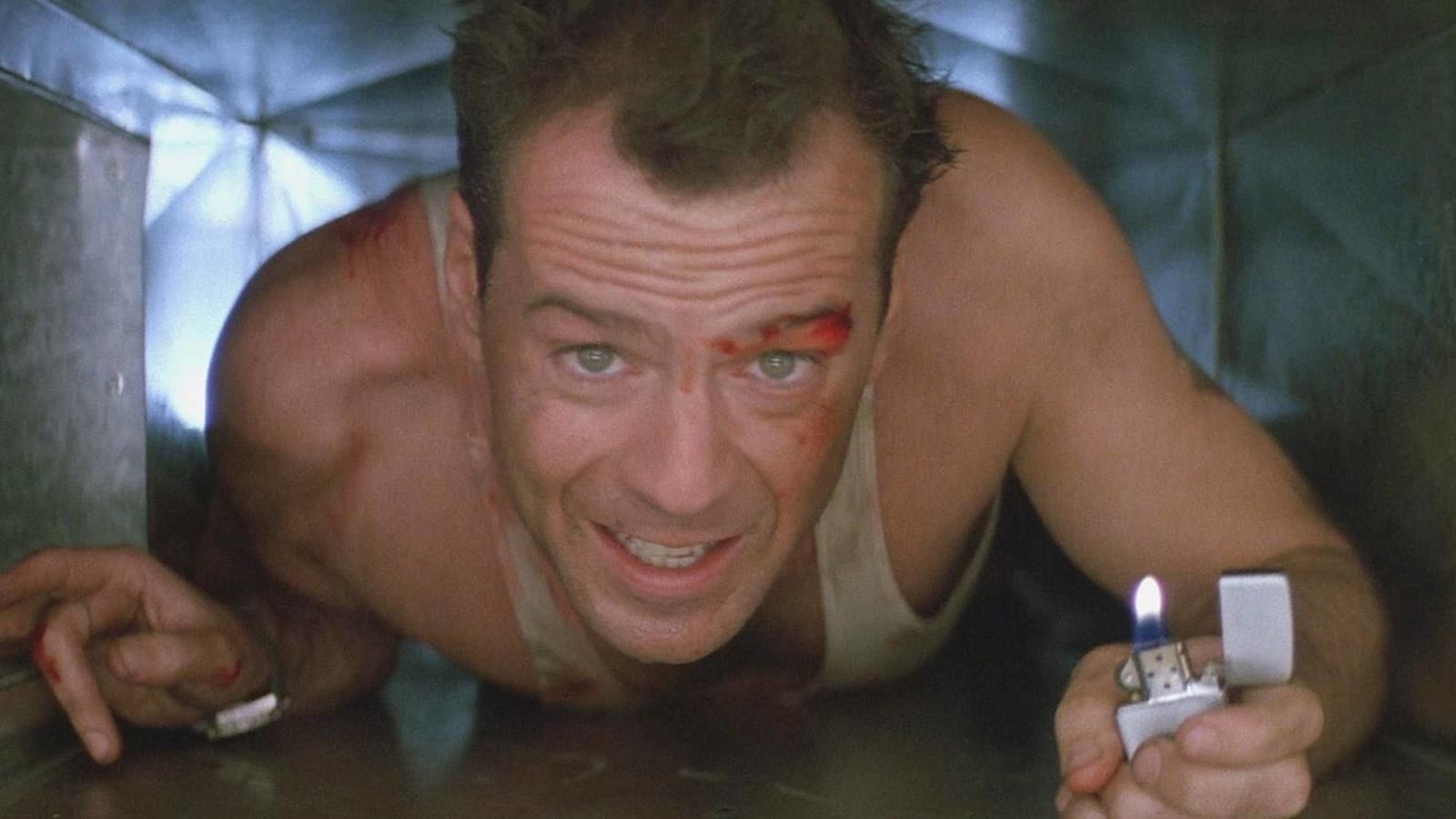
20 facts you might not know about 'Die Hard'
Back when summer movies still meant something, 20th Century Fox swung for the fences with a high-concept film featuring a relatively unknown cast. More than thirty years later, "Die Hard" sits atop the upper echelon of action movies as one of the greatest. In celebration of one of our favorite films, we share 20 facts you might not know about "Die Hard."
"Die Hard" was originally meant for Frank Sinatra
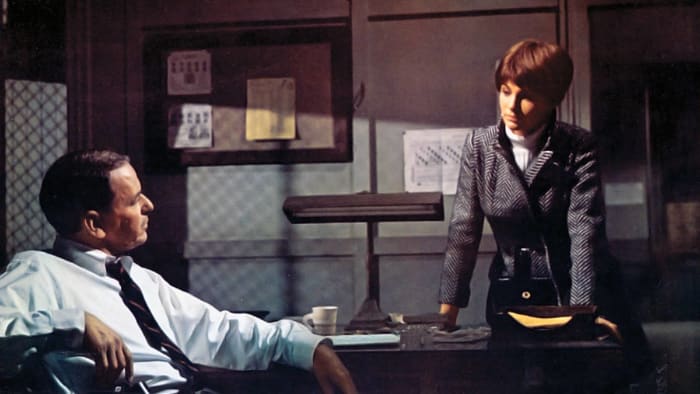
Based on the Roderick Thorp novel "Nothing Lasts Forever," "Die Hard" is in fact a sequel to Thorp's earlier novel, "The Detective," which received a film adaptation starring Frank Sinatra as Joe Leland, a hard-boiled cop in 1968. 20th Century Fox was contractually obligated to offer the role in what would become "Die Hard" to Sinatra, now in his early 70s, but he declined the part.
One burning building deserves another

If it weren't for the 1974 Irwin Allen disaster flick "The Towering Inferno," "Die Hard" might never exist. "Nothing Lasts Forever" author Thorp got the inspiration for his sequel to "The Detective" from a dream he had after watching "Inferno" with Joe Leland being chased through a skyscraper by men with guns.
Clint Eastwood once owned the film rights

Even though "Nothing Lasts Forever" was originally meant for Frank Sinatra, Clint Eastwood held the rights to the film in the early '80s, but as in so many cases, whatever was planned never actually came to pass. So we were spared from seeing a curmudgeonly version of John McClane gingerly amble about fighting German terrorists.
Bruce Willis was the sixth choice for John McClane
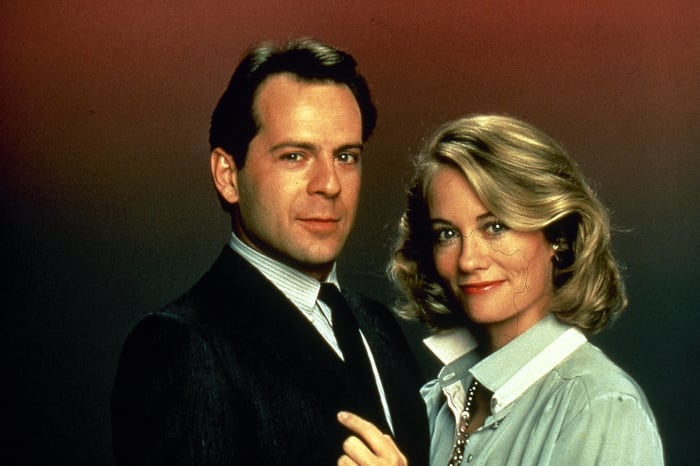
In 1987, Bruce Willis was still a relatively unknown actor. He had a starring role on ABC's "Moonlighting" and a hit comedy, "Blind Date," under his belt. But despite his rising star, he was not the first choice for John McClane. Prior to his casting, producers presented the script to Arnold Schwarzenegger (although this is disputed by producer Steven DeSouza), Burt Reynolds, Sylvester Stallone, Harrison Ford and Richard Gere.
Hans Gruber was Alan Rickman's first major studio role
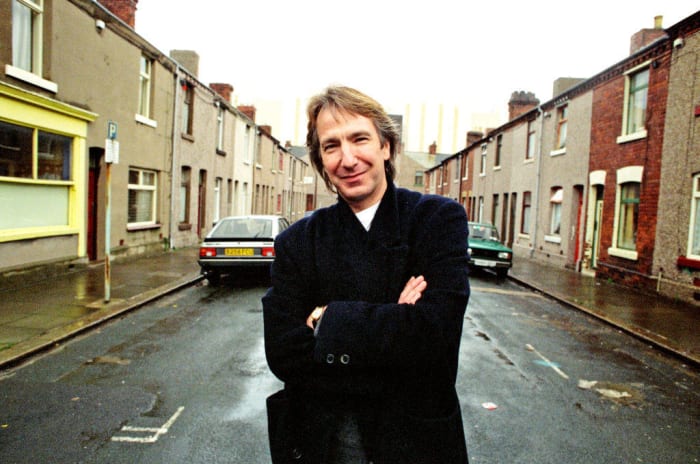
A veteran of the London stage, Alan Rickman was a virtual unknown to American audiences when he accepted the role of chief villain Hans Gruber. Rickman, unsure about playing the role of a German terrorist/thief, almost declined the part until he was told by his agent how rare it was for an actor to get such an offer after only being in Los Angeles for such a short time.
Sam Neill was the first choice to play Hans Gruber
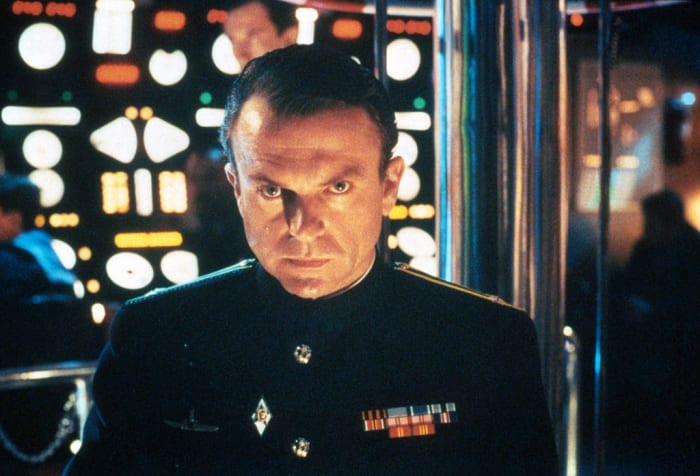
Alan Rickman is such a part of "Die Hard" and its success, it's hard to imagine anyone else filling the Italian loafers of Hans Gruber. But before stumbling on Rickman by chance, the producers approached Kiwi actor Sam Neill, who turned the role down. No tears for Sam, however, as he would get his chance to work with director John McTiernan two years later in "The Hunt for Red October."
John McTiernan nearly turned the film down
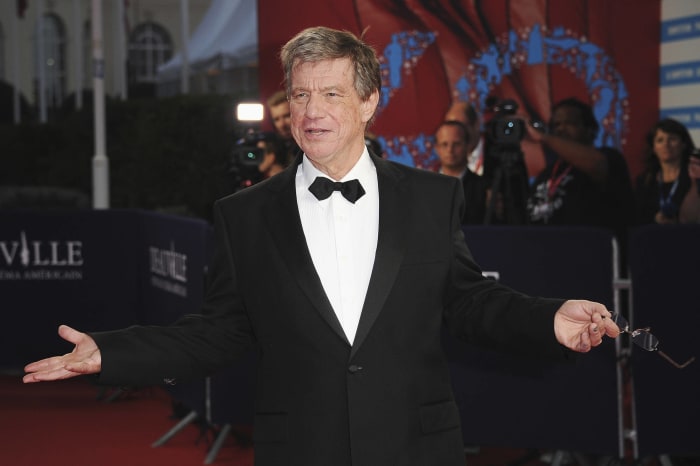
Director John McTiernan had a pretty amazing three-film run during the '80s with "Predator," "Die Hard," and "The Hunt for Red October." However, he almost walked away from "Die Hard," saying that he wasn't all that interested in shooting a movie about terrorists. It was because of McTiernan that the film deviated from the original terrorist plot and turned the motivation of Gruber's gang into a heist — something he would again replicate when he directed the third sequel in the franchise, "Die Hard With a Vengeance."
The German criminals weren't actually speaking German
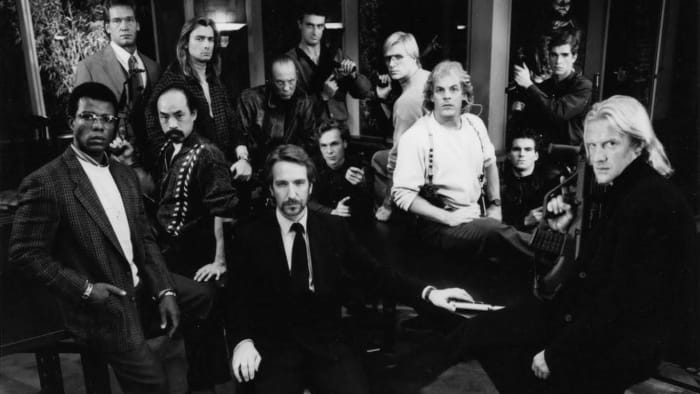
Even though many of the terrorists were portrayed as German, the majority of their dialogue was gibberish — at least in the theatrical version. This, of course, would later be fixed for the VHS release. As not to cause any international incidents, the German version of the movie doesn't even recognize the characters as German, instead opting for random Europeans.
The scene where McClane and Gruber finally meet was ad-libbed.
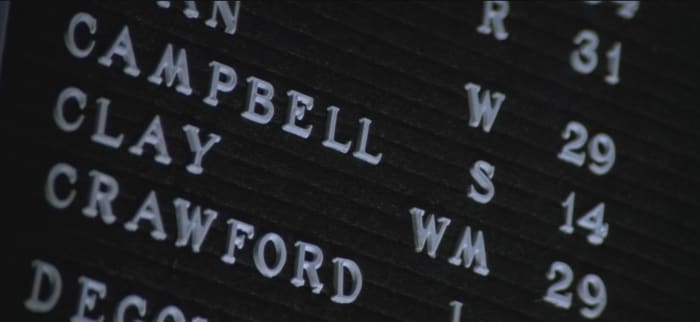
One of the more memorable scenes in "Die Hard" was the meeting between Hans Gruber and John McClane, with Gruber pretending to be an American named Bill Clay. According to Alan Rickman, he initially suggested the scene prior to shooting as a way to humanize the character, which was disregarded by the filmmakers until they realized he could pull off a convincing American accent. From there, Rickman and Willis ad-libbed their way through the scene, giving it a natural feel of two guys just talking.
Nakatomi Plaza was actually the headquarters for 20th Century Fox
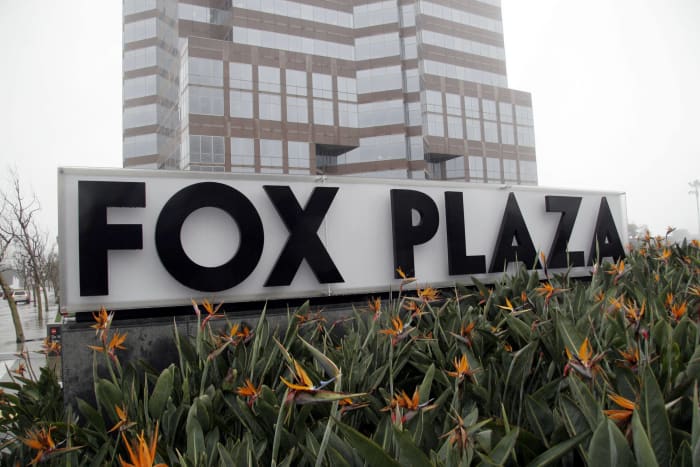
Given that the biggest star in "Die Hard" was to be the building under siege, the choice for 20th Century Fox was simple: their own building. Fox Tower was a state of the art facility for the time, and in an effort to save money as well as show off their own wares, Fox Tower became Nakatomi Tower, and they charged themselves rent to film there. Of course, filming an action movie with gunfire often caused problems for those who were actually working on other floors during the shoot.
Alan Rickman's fall at the end of the film was a genuine surprise
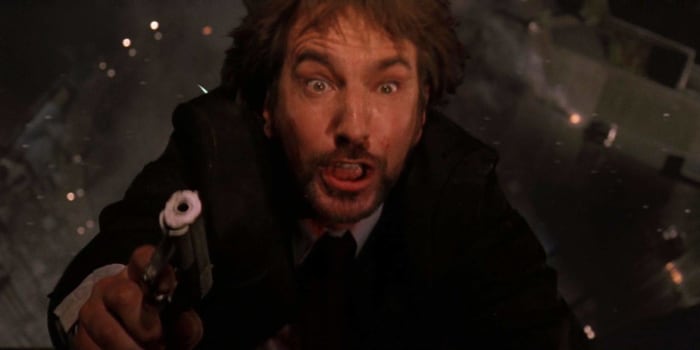
In order to maintain a level of authenticity, director John McTiernan decided that the best way to get emotion out of his actors was to take them by surprise. When Alan Rickman was harnessed for his 40-foot fall during the film's finale, McTiernan had him dropped one second before he was expecting to, eliciting a true look of horror that went on to become the film's most memorable scene.
Bruce Willis lost some of his hearing during filming

In the scene where McClane shoots at one of the bad guys from underneath a boardroom table, Bruce Willis suffered actual hearing loss due to the closeness of the gun and the echo of the blanks. It didn't help that director John McTiernan ordered extra loud blanks in order to deliver a greater sense of realism during the shoot.
Alan Rickman hated gunfire
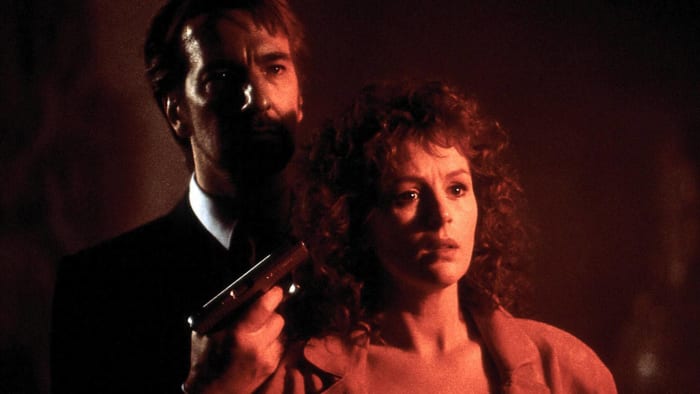
Given that Rickman was a stage actor doing his first Hollywood film, his extensive training in acting didn't quite cover firing Uzis. Look close enough, and you can see that every time Hans Gruber fired a gun, the scene cuts away, largely because Rickman flinched whenever pulling the trigger.
The multiple Johnsons are an in-joke
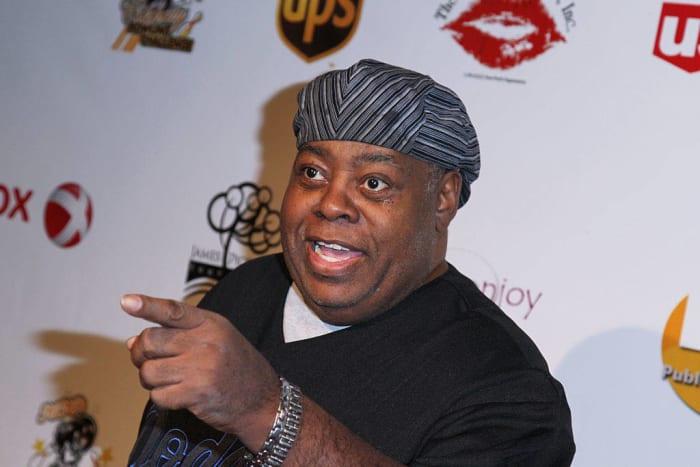
In the film, there are three characters with the last name of Johnson, and it just so happens that it's not a coincidence. The names were an in-joke pointed at Reginald VelJohnson, who starred in the film as Sgt. Al Powell, McClane's only friend during the action.
"Die Hard" was originally meant to take place over three days
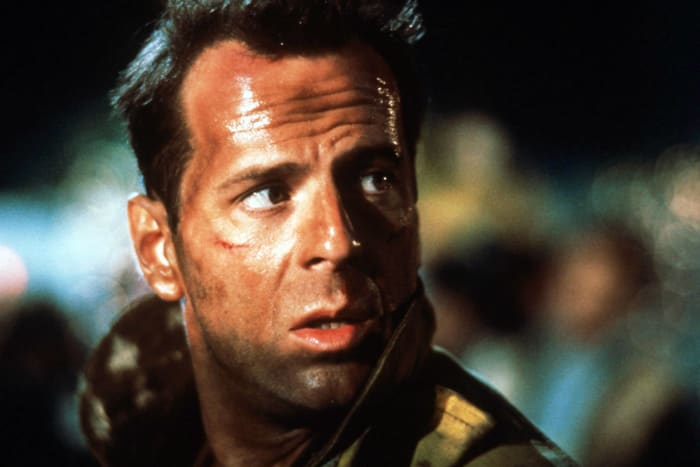
The original "Die Hard" script called for the hostage situation to last over the course of three days, but director John McTiernan — inspired by Shakespeare's "A Midsummer Night's Dream" — decided the film should take place all in one night. How Shakespeare managed to influence an action film, however, is another story for another day.
Bruce Willis didn't really walk through broken glass
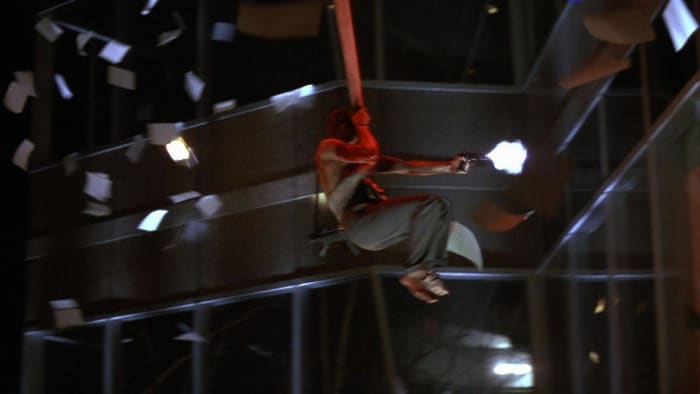
Of course, this should go without saying: Bruce Willis didn't actually walk barefoot throughout the filming of "Die Hard." Look closely at many of the scenes, and you might notice that Willis' feet look larger than normal. This was due to him wearing special shoes molded from his own feet to give a semi-authentic look.
The bad guy who wore ballet shoes
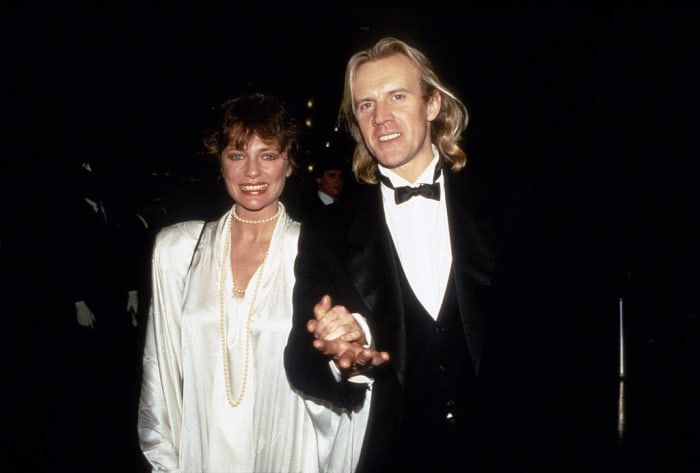
One of the baddest of Gruber's gang in "Die Hard" was Karl, whose brother wound up as one of John McClane's first victims. What you might not know is that the fearsome Karl, played by Alexander Godunov, started out as a ballet dancer in the Soviet Union. Godunov, who passed away in 1995, had a harrowing real-life experience of his own when he defected from the Soviet Union in 1979.
"Yippie-ki-yay" was only meant to be a joke
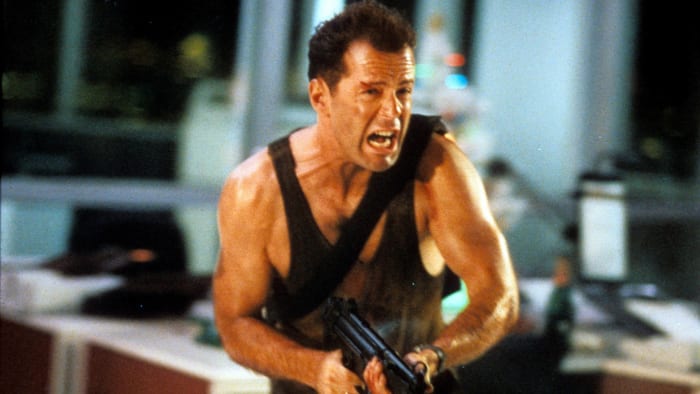
Bruce Willis, ever the joker, uttered the film's famous line originally as a joke to lighten up the crew during filming. Little did he know the ad-libbed line would not only become a part of the film, it would also go on to be a part of film history.
The stunt that was an accident

One of the more memorable moments in the film featuring John McClane trying to make his way through an elevator shaft happened purely by accident. During the scene, the stuntman was supposed to leap from one shaft to the next, but when he tried, he totally missed the mark. The crew was so impressed by the look of the fall, they decided to keep it in the final film.
Bruce Willis: Invisible Action Star
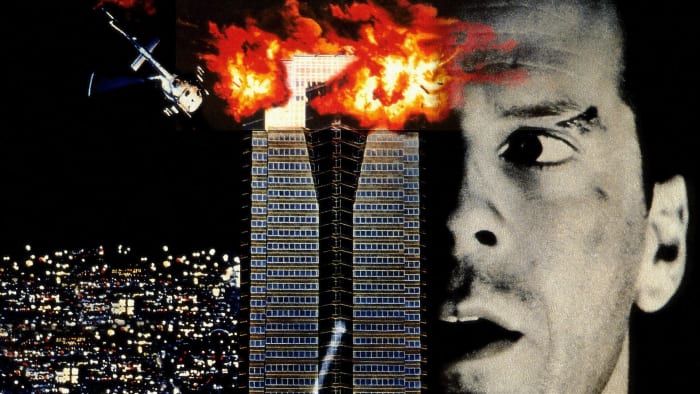
Because he was such an unknown commodity, Fox was unwilling to include Willis front and center as part of their marketing. Instead, the focus was on Fox Tower, also known as Nakatomi Tower. It wasn't until the film was a genuine hit that the marketing was altered to include Willis' face.
More must-reads:
- The 25 best movies and TV shows about the Middle Ages
- 23 films that were overlooked because of Barbenheimer
Trending in Entertainment
Customize Your Newsletter
 +
+
Get the latest news and rumors, customized to your favorite sports and teams. Emailed daily. Always free!
Use of this website (including any and all parts and
components) constitutes your acceptance of these
Terms of Service and Privacy Policy.

